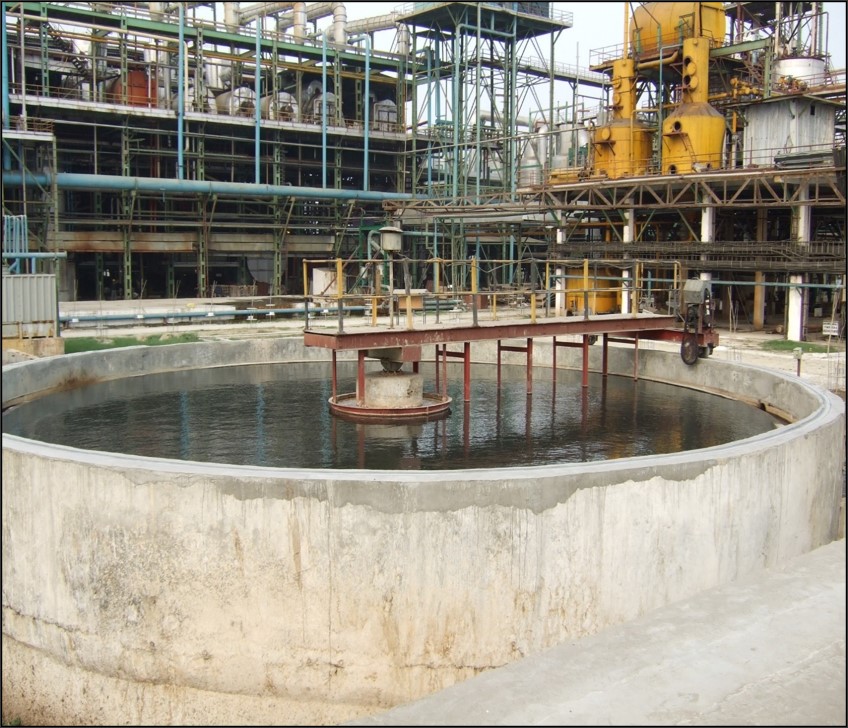- krofta@kroftaengineering.com
- Durga Bhavan A-68, FIEE Complex, Okhla Industrial Area Phase – II, N.D – 110 020
Conventional Clarifier
CONVENTIONAL CLARIFIER
Krofta offers central driven and peripheral driven conventional clarifiers used to remove solid particles and impurities from water. It operates on the principle of gravity settling, where solid particles settle down in a quiescent (motionless) zone, allowing clean water to separate and rise to the surface
Here's how a conventional clarifier typically works:
Inflow of Water: Water containing suspended solids and impurities enters the clarifier tank through an inlet. This incoming water is often referred to as influent.
Quiescent Zone: Inside the clarifier, the velocity of the influent is significantly reduced, allowing the water to come to a state of calm or quiescence. As a result, the solid particles carried by the water begin to settle under the influence of gravity.

Settling Zone: The settled particles gradually sink to the bottom of the clarifier tank due to their weight. This zone at the bottom of the tank is called the settling zone. The time it takes for particles to settle depends on their size, weight, and the characteristics of the water.
Sludge Collection: The settled particles accumulate as sludge at the bottom of the clarifier. This sludge is composed of various impurities, such as organic matter, minerals, and other suspended solids.
Sludge Removal: To prevent the buildup of excessive sludge, a mechanism is employed to remove the sludge from the bottom of the tank. This is done using a scrapper arm which is at the bottom of the tank.
Overflow Weir: As the settled particles separate from the water and sink, the clarified water nears the surface. A weir or baffle is installed at the periphery of the clarifier. The weir allows the clear water to flow over it while preventing any remaining fine particles from passing through.
Effluent Collection: The clarified water that flows over the weir is collected in a launder and directed for further treatment processes or distribution.
Popular Applications
- Municipal sewage treatment plants
- Industrial effluent treatment plants
- Common effluent treatment plants

